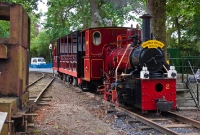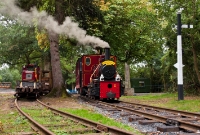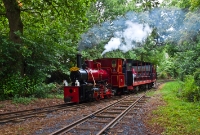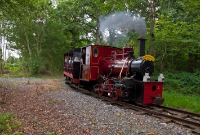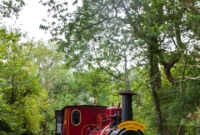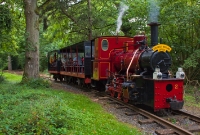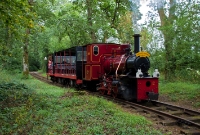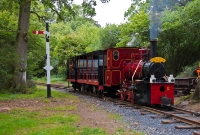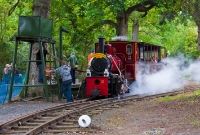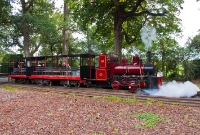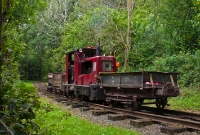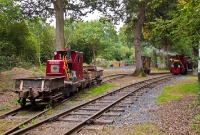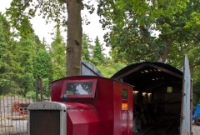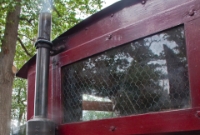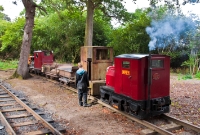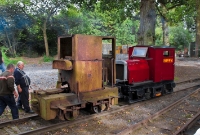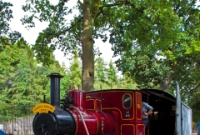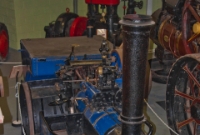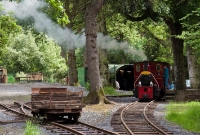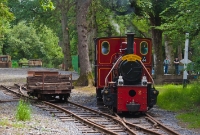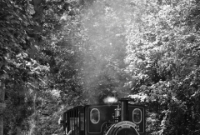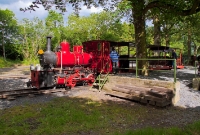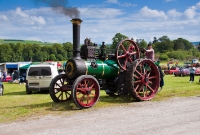Stradbally
Stradbally, Co.Laois, is the location of a 1km steam operated railway. Founded by the Irish Steam Preservation Society in 1966, the narrow gauge railway began operated within the grounds of Stradbally Hall and estate in 1967. Originally laid to a gauge of 1ft 10inches, the standard Irish narrow gauge of 3ft was eventually adopted from 1969 onwards, following the purchase of several surplus rolling stock from the peat railways of Bord na Mona. The length of the current railway, known as the Stradbally Woodland Express Railway, was reached in 1982 and largely forms a balloon shaped system with a junction where the line converges with itself. A loop and platform is provided at the railway's main base where a locomotive shed and workshop is located. Much of the line passes through woodland which surrounds Stradbally estate, and is usually in operation during Stradbally's Steam Rally and selected weekends. Within Stradbally village is the Stradbally Steam Museum, which houses other forms of steam traction preserved by the society. See Strabally Steam Railway on Eiretrains Videos.
